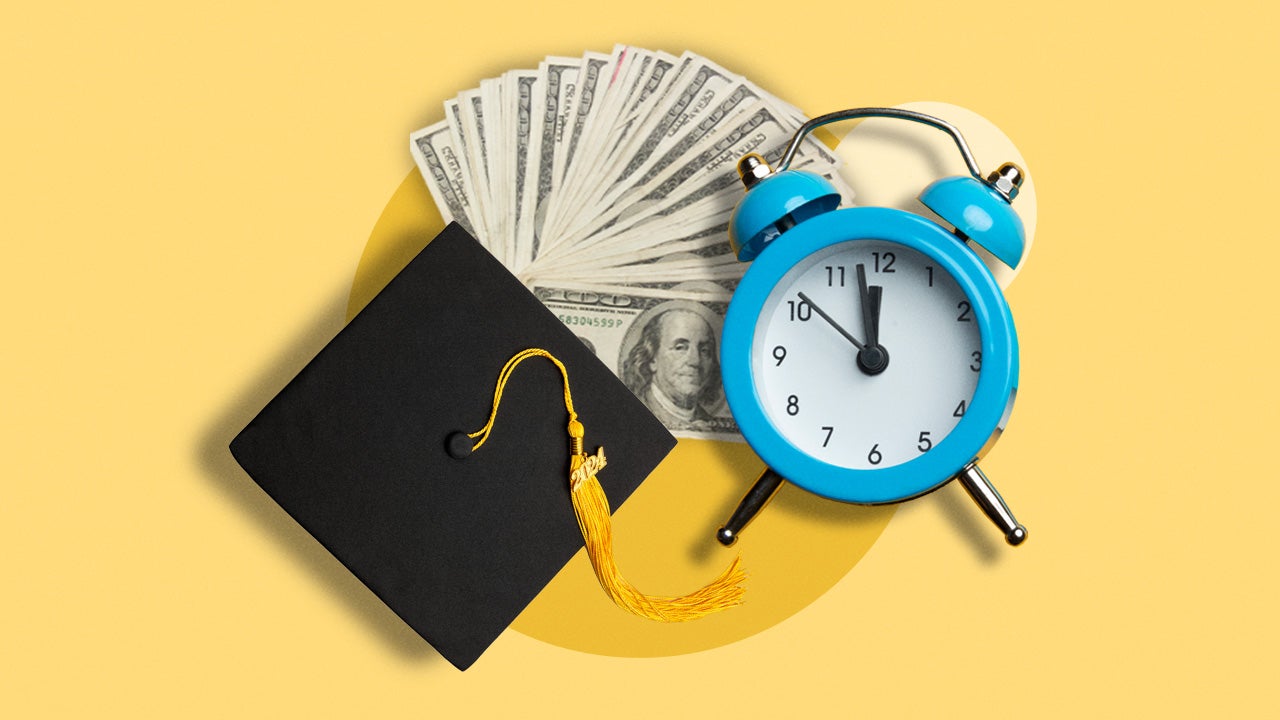Student loan forgiveness for borrowers with total and permanent disabilities

Federal student loan borrowers who have a total and permanent disability receive automatic student loan discharge due to regulations for total and permanent disability (TPD) discharge that became effective in 2021.
When the forgiveness measure first took effect, more than 323,000 borrowers were impacted, to the tune of over $5.8 billion in student debt relief.
Borrowers with Direct Loans, Federal Family Education Loans (FFEL), or Federal Perkins loans can have qualifying student loan debt eliminated. Many will receive an automatic discharge letter, but those who don’t can submit documentation to the Department of Education for processing. Qualifying borrowers participating in the Teacher Education Assistance for College and Higher Education (TEACH) Grant can also be relieved of their service obligation and see their loans eliminated.
Regulation makes it easier to get student loans discharged
The regulation, which became effective in September 2021, is part of an ongoing effort by the Biden administration to simplify the process of qualifying for TPD discharge, a federal law that discharges the federal student loan debt of borrowers with severe disabilities who can no longer work.
Before the new regulations, borrowers had to apply for relief. They were subject to a three-year income-monitoring period after receiving their discharge — and if their income rose above a certain threshold, they would have their debt reinstated. This resulted in thousands of borrowers becoming disqualified due to documentation errors, not a lack of eligibility.
In early 2021, the department suspended income verification requirements as a form of coronavirus hardship relief. TPD discharge is automatically applied now, and the department will stop sending monitoring requests permanently.
Qualifying borrowers are automatically enrolled
Back in 2019, the Department of Education waived the application requirements for borrowers with disabilities through a match with the U.S. Department of Veterans Affairs (VA). However, this regulation was not widely available to the public, and as a result, only about half of eligible borrowers received relief.
Now, borrowers who qualify as totally and permanently disabled are automatically identified through administrative data matching with the Social Security Administration (SSA).
The bottom line
After the Supreme Court’s 2023 ruling on broader student loan forgiveness, the Biden-Harris administration has continued its efforts to extend student debt relief to specific borrower populations, including those who work in public service and some whose school has closed or entered into a settlement. To learn more about opportunities for loan forgiveness, visit Bankrate’s Student Loan Forgiveness Guide.
Why we ask for feedback Your feedback helps us improve our content and services. It takes less than a minute to complete.
Your responses are anonymous and will only be used for improving our website.
You may also like

Loan default rates and student loan repayment





